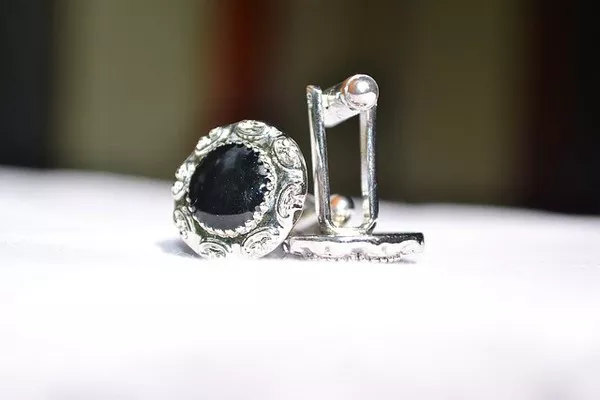In the realm of precious metals investing, junk silver often emerges as a compelling choice for those seeking to diversify their portfolios or hedge against economic uncertainty. But is buying junk silver truly a worthwhile investment strategy? Let’s delve into this question by examining the characteristics of junk silver, its historical performance, and its potential advantages and drawbacks.
Understanding Junk Silver: What Is It and Why Invest?
Firstly, it’s crucial to define what constitutes “junk silver.” This term typically refers to old U.S. coins minted before 1965 that contain 90% silver. Popular denominations of junk silver coins include dimes, quarters, and half-dollars. Despite the name, these coins are far from worthless. In fact, their value is derived from the silver content they hold, making them an accessible entry point into the world of precious metals for investors.
Investing in junk silver presents several advantages. Unlike contemporary silver bullion coins, junk silver coins carry a recognized face value, providing a degree of liquidity and acceptability in transactions. Furthermore, junk silver coins are generally sold close to their melt value, making them an affordable option for investors looking to accumulate physical silver. This affordability can be particularly appealing to those seeking a tangible asset that is relatively easy to acquire and store.
Historical Performance: How Has Junk Silver Fared Over Time?
To assess the viability of junk silver as an investment, it’s essential to analyze its historical performance. Over the decades, silver, including junk silver coins, has demonstrated its value as a hedge against inflation and economic instability. During periods of economic uncertainty or currency devaluation, silver often retains its purchasing power, making it an attractive asset for preserving wealth.
Junk silver, specifically, has historically shown resilience and stability. In times of heightened inflation or market volatility, the price of silver tends to rise, thereby boosting the value of junk silver coins. Moreover, unlike other forms of silver investments that may require large financial commitments, acquiring junk silver coins can be done incrementally, allowing investors to build a diversified precious metals portfolio over time.
Advantages of Junk Silver: Why Choose It Over Other Investments?
One of the primary advantages of investing in junk silver lies in its affordability and accessibility. Compared to larger bullion bars or numismatic coins, junk silver coins are typically available at lower premiums over the spot price of silver. This affordability makes junk silver an attractive option for investors looking to start or expand their precious metals holdings without a substantial initial investment.
Additionally, junk silver coins are recognized and accepted within the broader numismatic community. Their standardization and historical significance contribute to their appeal among collectors and investors alike. Unlike other forms of silver, such as silver jewelry or industrial silver, junk silver coins are specifically minted for circulation, lending them a sense of authenticity and intrinsic value.
Drawbacks and Considerations: Are There Risks to Investing in Junk Silver?
Despite its merits, investing in junk silver does come with certain considerations and potential drawbacks. One key aspect to bear in mind is the volatility of the precious metals market. Like all commodities, the price of silver, and consequently junk silver coins, can fluctuate significantly based on market conditions, geopolitical factors, and investor sentiment.
Moreover, the liquidity of junk silver coins may vary depending on market demand. While these coins are widely recognized and traded, the ease of converting them back into cash may be influenced by prevailing market conditions. Furthermore, storage and security can be logistical challenges for investors accumulating physical assets like junk silver. Proper storage facilities or secure vaults may be required to safeguard these investments.
Conclusion: Is Junk Silver a Wise Investment Strategy?
In conclusion, the decision to invest in junk silver ultimately depends on individual financial goals, risk tolerance, and market conditions. For those seeking a tangible and historically proven hedge against economic uncertainty, junk silver can be a compelling addition to an investment portfolio. Its affordability, liquidity, and intrinsic value make it an accessible option for both seasoned investors and newcomers to the precious metals market.
However, like any investment, due diligence and careful consideration of the associated risks are essential. Investors should assess their objectives and seek professional advice to determine if allocating a portion of their portfolio to junk silver aligns with their overall investment strategy. By weighing the potential benefits and drawbacks, investors can make informed decisions regarding the role of junk silver within their broader wealth management approach.


